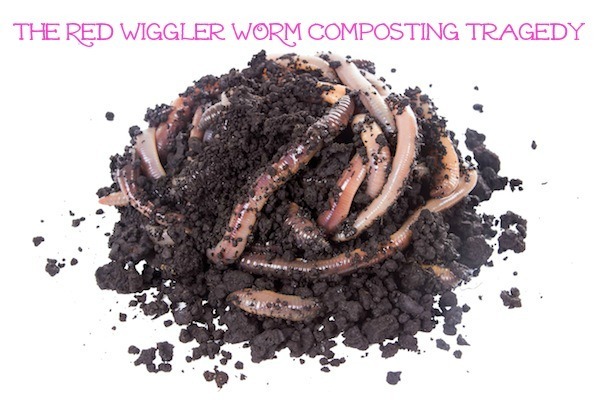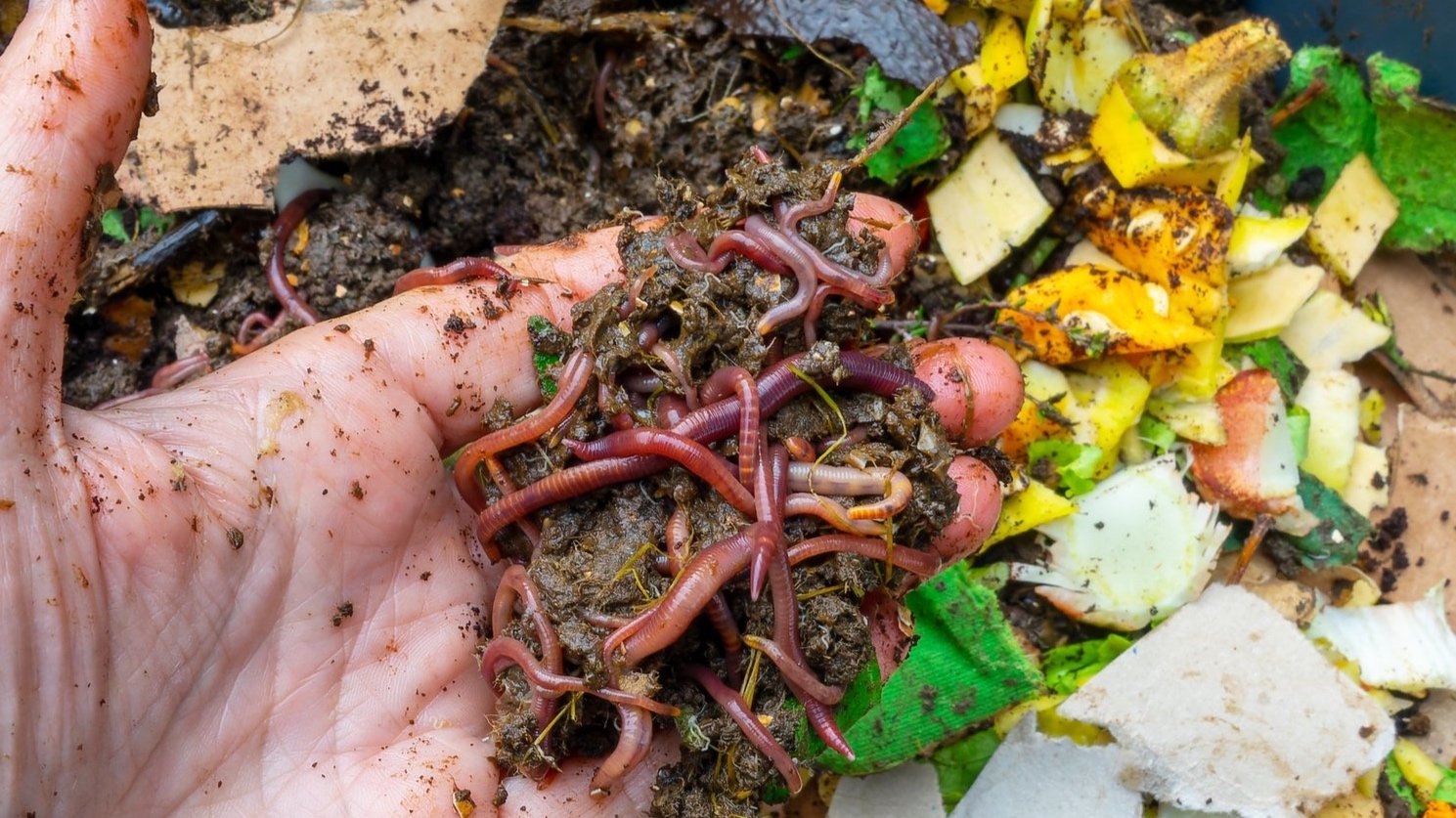Red Wiggler Composting: How to Beginning and Preserve an Efficient Worm Container
Harnessing the Power of Red Wiggler Composting: A Thorough Take A Look At the Environmental and Agricultural Perks of This Natural Waste Decrease Approach
The method of red wiggler composting stands for a compelling crossway of ecological stewardship and agricultural technology, providing a lasting solution to the growing obstacles of waste management and soil destruction. Through the natural procedure of vermicomposting, natural waste is transformed into a beneficial resource that not only enhances dirt but likewise adds to a considerable decrease in land fill contributions and greenhouse gas discharges. As we discover the complex advantages of this method, we uncover exactly how it can improve farming practices and advertise ecological awareness, motivating a more detailed evaluation of its prospective influence on our ecosystems and communities.
What Are Red Wiggler Worms?
Red wiggler worms, scientifically called Eisenia fetida, are a types of earthworm especially adapted for composting and natural waste break down. These worms flourish in the nutrient-rich atmosphere of disintegrating raw material, making them suitable for vermicomposting systems. Expanding to a size of around three to four inches, red wigglers are characterized by their reddish-brown coloration and distinctive banding patterns along their bodies.
Unlike other earthworm varieties, red wigglers favor to live in the top layers of dirt and organic debris, where oxygen degrees are greater and food resources are plentiful. Their physiological adjustments permit them to refine organic materials successfully; they have a well-developed gastrointestinal system that enables them to transform waste right into nutrient-rich castings, frequently described as "black gold" in horticulture and agricultural contexts.
Eisenia fetida plays a crucial role in the ecological community by promoting the decay process, boosting soil structure, and advertising microbial activity. Offered their special qualities and ecological relevance, red wiggler worms have become a main component in lasting waste management techniques and organic horticulture efforts, adding considerably to ecological health and wellness.
Benefits for Dirt Wellness
The inclusion of red wiggler worms in composting systems provides considerable advantages for dirt wellness. These worms play an essential function in the decay process, damaging down natural issue right into nutrient-rich vermicompost. This all-natural plant food improves dirt water, structure, and aeration retention, adding to a more favorable setting for plant development.
Vermicompost is rich in vital nutrients such as phosphorus, potassium, and nitrogen, which are crucial for plant development (Red Wiggler Composting). The presence of useful bacteria in vermicompost even more promotes dirt wellness by boosting nutrition accessibility and suppressing soil-borne pathogens. This vibrant communication promotes a robust dirt environment that supports sustainable farming techniques
Furthermore, red wigglers help with the formation of humus, a secure raw material that boosts soil fertility and resilience. This increased natural material not only boosts soil appearance however also enhances its capacity to withdraw carbon, mitigating environment change influences.
Integrating red wiggler composting right into agricultural systems can, therefore, result in much healthier soils, greater crop returns, and improved sustainability. Because of this, embracing this all-natural waste decrease approach can yield extensive benefits for both the atmosphere and farming productivity.
Effect On Waste Reduction
Integrating red wiggler worms right into composting systems substantially decreases waste, changing natural materials that would or else contribute to garbage dumps right into valuable garden compost. This method, understood as vermicomposting, successfully processes kitchen scraps, lawn waste, and various other biodegradable materials, causing a substantial reduction in the quantity of waste sent out to landfills. According to the Environmental Security Firm, natural waste comprises a significant part of land fill contents, generating dangerous greenhouse gases as it decays anaerobically.
By making use of red wigglers, a highly efficient composting agent, organizations and homes can divert a significant amount of organic waste from these landfills. Each pound of red wigglers can consume and process regarding half a pound of organic waste daily, resulting in an amazing reduction in overall waste generation.
Furthermore, the application of vermicomposting supports local waste management efforts and advertises a round economic situation, in which waste is transformed into a resource. As areas significantly embrace this technique, the advancing impact on waste reduction comes to be obvious, promoting a more lasting setting and encouraging accountable waste management techniques. Welcoming red wiggler composting not only mitigates waste concerns however also improves community awareness concerning lasting living.
Enhancing Agricultural Practices
Utilizing red wiggler worms in farming methods can significantly boost soil wellness and crop productivity. These worms play an essential function in the composting process, damaging down organic issue right into nutrient-rich vermicompost. This natural plant food enhances soil structure, water, and oygenation retention, which are essential for robust plant growth.
Moreover, the spreadings generated by red wigglers are rich in vital nutrients, such as potassium, phosphorus, and nitrogen, advertising healthier plants with greater yields. The microbial task stimulated by these worms additionally adds to a growing dirt ecosystem, increasing biodiversity and strength against parasites and illness.

Furthermore, the use of vermicompost can boost soil pH degrees, making nutrients more obtainable to plants. Red Wiggler Composting. Therefore, farmers can grow healthier plants while concurrently contributing to dirt conservation initiatives, eventually creating a much more sustainable agricultural future
Getting Going With Composting
Starting your composting journey calls for an understanding of the vital components and processes included. The primary view it now component in red More hints wiggler composting is natural waste, which can include cooking area scraps, yard waste, and paper products. It is crucial to preserve an equilibrium between environment-friendly materials, abundant in nitrogen, and brownish materials, high in carbon. This balance cultivates an optimal atmosphere for red wigglers, which are the vital organisms in this composting technique.
Choosing an ideal composting system is just as important. Worm bins can be created for exterior or indoor use, and they ought to give adequate drainage and aeration. It is recommended to start with a little number of worms-- around one extra pound of red wigglers for every single one extra pound of waste generated once a week.

Verdict

The practice of red wiggler composting represents a compelling crossway of ecological stewardship and farming innovation, providing a sustainable option to the growing difficulties of waste administration and dirt destruction.Moreover, the application of vermicomposting supports local waste management efforts and promotes a circular economic climate, where waste is transformed into a resource. As areas increasingly adopt this practice, the cumulative effect on waste decrease comes to be evident, fostering an extra lasting setting and motivating accountable waste administration methods. The key active ingredient in red wiggler composting is natural waste, which can consist of kitchen area scraps, lawn waste, and paper products.In summary, red wiggler composting offers a lasting option for organic waste management, generating nutrient-rich vermicompost that dramatically boosts soil health.